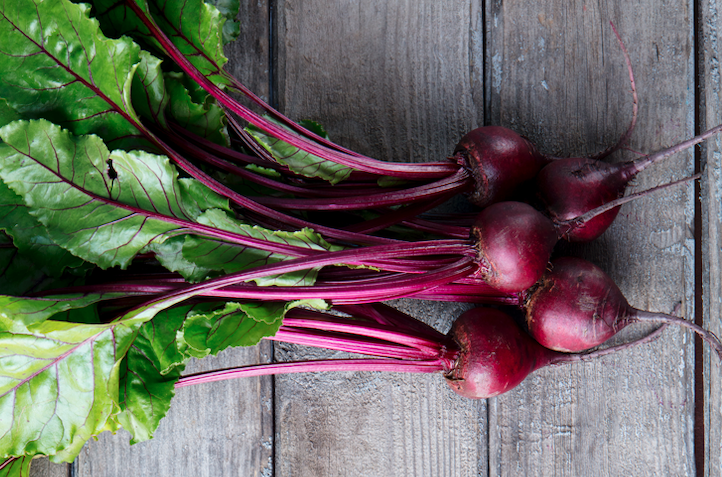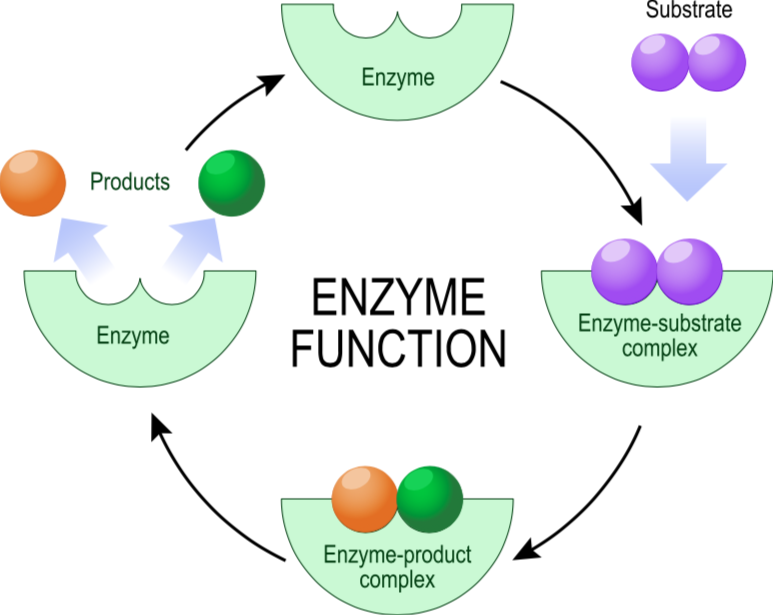Ask the Scientist

Jeff Golini is the owner of All American Pharmaceuticals and EFX Sports. He is a former competitive bodybuilder based in Venice Beach, but he’s also been in the supplement industry as a formulator, patent creator and manufacturer since the 80s. He has a PhD, and lives in Montana where he owns and runs a supplement factory. Jeff’s most famous for coming up with the idea of adding acid buffering ingredients to creatine monohydrate to help ease the damage the stomach acids have on the creatine you consume. This novel idea has created a massive following of buffered creatine users all over the world! Facebook. Instagram, YouTube

How Are EAAs and BCAAs Made?
There are several different ways to make EAAs and BCAAs, but many low-cost BCAA and EAA supplements are manufactured using less than desirable methods. As the demand for cheaper amino acid supplements has grown, the quality has decreased. The process that used to be most popular is fermentation from plants, which produces vegan fermented amino acids. To make this type of amino acid, the manufacturer ferments soy or beets using microorganisms.
Vegan Fermented
 To make this type of amino acid, chemists place beets into large drums of water and ferment them by adding a microorganism, usually a probiotic. These eat away at the beets and convert them into food and other substances they need to survive. As they multiply, a simple sugar such as molasses is added. Eventually, enzymes are produced during this reaction, which further break apart the amino acids. Depending on the enzyme and catalysts used, the desired amino acid is formed. It’s a very natural, vegan and high-quality method.
To make this type of amino acid, chemists place beets into large drums of water and ferment them by adding a microorganism, usually a probiotic. These eat away at the beets and convert them into food and other substances they need to survive. As they multiply, a simple sugar such as molasses is added. Eventually, enzymes are produced during this reaction, which further break apart the amino acids. Depending on the enzyme and catalysts used, the desired amino acid is formed. It’s a very natural, vegan and high-quality method.
Enzymatic Reaction Method
 Enzymatic reaction is simply taking a precursor amino acid (such as glutamine) and subjecting it to an enzyme to chemically alter it. The amino acid you start with plus the enzyme chosen will determine which amino acid will be formed as the end product. This is a very “down and dirty” method that’s cheap, but I’m not a fan of this methodology.
Enzymatic reaction is simply taking a precursor amino acid (such as glutamine) and subjecting it to an enzyme to chemically alter it. The amino acid you start with plus the enzyme chosen will determine which amino acid will be formed as the end product. This is a very “down and dirty” method that’s cheap, but I’m not a fan of this methodology.
Extraction Method
 This method actually breaks proteins down into amino acids, but it presents one major flaw: The amount of amino acids it produces depends strictly on the amount contained in the protein you start with. I do actually like this method, but it’s very difficult to produce large quantities economically.
This method actually breaks proteins down into amino acids, but it presents one major flaw: The amount of amino acids it produces depends strictly on the amount contained in the protein you start with. I do actually like this method, but it’s very difficult to produce large quantities economically.
Chemical Synthesis Method
 This is another way of making amino acids where you actually make them in the lab from synthetic sources. This is a much cheaper method than fermentation.
This is another way of making amino acids where you actually make them in the lab from synthetic sources. This is a much cheaper method than fermentation.
Making BCAAs and EAAs from Bird Feathers, Hair and Skin
 Believe it or not, some amino acids on the market are being made from bird feathers, hair, skin, and bones. These would be made by a combination of the extraction method and enzyme method. As you might imagine, these aren’t ingredients I would ever want to use in my formulas, much less ingest, regardless of their purity or quality!
Believe it or not, some amino acids on the market are being made from bird feathers, hair, skin, and bones. These would be made by a combination of the extraction method and enzyme method. As you might imagine, these aren’t ingredients I would ever want to use in my formulas, much less ingest, regardless of their purity or quality!
As you can see, there are many ways to produce amino acids that can give an end product of over 90 percent purity. However, purity alone does notmean absorption. What’s more important is the overall quality and dose of each amino acid. Beware of any BCAA or EAA supplement product offered at a very low price as it was often made using one of the inferior methods.
What your body can actually absorb is really the key to any good amino acid product. My method of choice is fermentation using beets. AminoZorb® BCAA and EAA by EFX Sports both derive their amino acids using this method. Plus, they each have a special patent-pending twist, which makes them what I consider the highest quality aminos on the market today.

